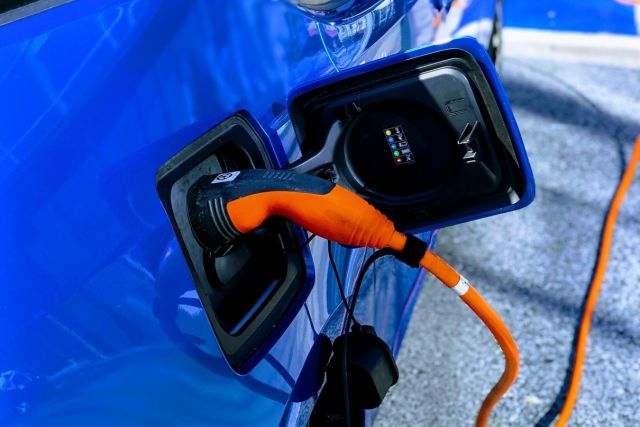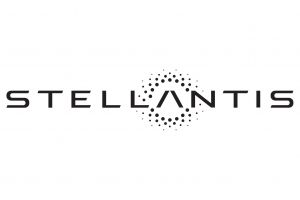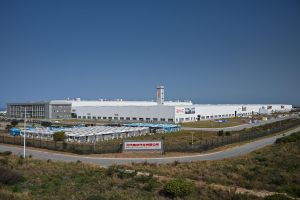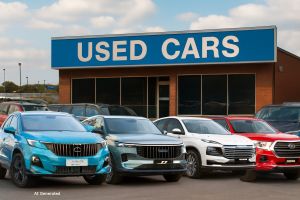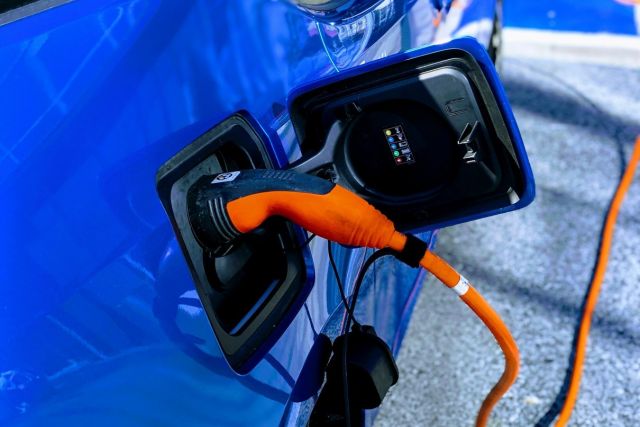
This was the consensus among various panelists at the Smarter Mobility Africa LIVE Summit hosted by Generation.e and co-sponsored by Absa Vehicle and Asset Finance.
According to Gaylor Montmasson-Clair, senior economist at Trade and Industrial Policy Strategies (TIPS), EV sales are growing exponentially and faster than forecasts, but South Africa currently lags behind this global trend.
“To ensure market development for passenger cars, some of the primary interventions include changing VAT, custom duties, preferential EV finance, similar to an incentive or subsidy and fleet-level targets,” he told delegates.
“However, addressing the main barrier to EV deployment in SA is the high upfront cost and without government support and partnerships with Financial Institutions, this could prove the only way to tip the balance into people purchasing EVs.”
With regard to manufacturing EVs in South Africa, Montmasson-Clair said support from the Automotive Production and Development Programme (ATDP) could prove to be a valuable intervention in terms of industrial development and EV manufacturing.
“The first mode of transport for many South African is public transport like buses and minibuses,” he said. “Manufacturing e-buses and e-minibuses emerges as the primary opportunity within in the local market.”
Mike Mabasa, CEO of Naamsa, agreed and warned that the next 12 months will be crucial for the automotive industry in South Africa. He told delegates that apart from roads attributing more than 91% of green-house gas emissions that must be amended in accordance with the Paris Agreement on climate change, manufacturing vehicles for the lucrative European market could grind to a halt.
“Currently, we export more than 64% of the 631 983 locally produced vehicles, and we will not be able to continue with that once the banning of any ICE vehicles comes into effect,” he said.
“A major ambition under the current APDP is to increase the annual units from around 600 000 in 2015 to 1.4 million in 2035, and without EVs I cannot see how we can grow the most important contributor to the local GDP,” he explained.
Mabasa emphasised the areas of local impact will be employment, revenue and strategic development and without transforming the manufacturing needs to keep up with the global trend of EV adoption, supplying global markets will be a thing of the past.
“Creating a local demand for EVs, reducing import duties drastically, excluding luxury tax (ad valorem) items like the cost of the battery, as well as accrediting charging stations will be Naamsa’s strategic priorities in the coming 12 months,” Mabasa said.
One of the main discussion points was the cost of EVs as well as the availability and range of charging stations. According to the latest Autotrader survey, the bulk of the sample expected to pay R500k or less for an EV, expect it to run more than 300km on a single charge, and recharge to full capacity within an hour or less. Respondents also have the perception that many more brands have EVs in the local market compared to the reality.
The lack of lucrative investments and funding into the manufacturing of EVs locally could be one of the reasons for local manufacturers and OEMs continuing on the current road. This could prove devastating to the local economy, according to Henry Botha, Head of Strategy and business analytics at Absa Vehicle and Asset Finance.
“The Paris Agreement states that 2.9 million EVs must be on South African roads by 2050, with a R6.5 trillion investment over the next four decades,” he said during his address.
“EVs promise to be more cost effective in the long run, with records showing that the cost of ownership becomes less than that of ICE after around 60 000km,” he said. “However, the current status of EVs available does not cater to the middle-income group (between R150 000 and R350 000), a market that currently contributes 60%+ to the South African new-car market.”
Botha encouraged local grid infrastructure, charging schemes and solar installations to accelerate and stimulate the demand for EVs. “We will have to look at new ways to finance vehicles and assets, understanding that at-home charging will be part of the ecosystem that will need proper financing.”
The Summit will conclude on Thursday 29 October by discussing various mobility topics, including spatial technology to tackle transport and logistics challenges, and who benefits from the rise of home delivery from the pandemic.



